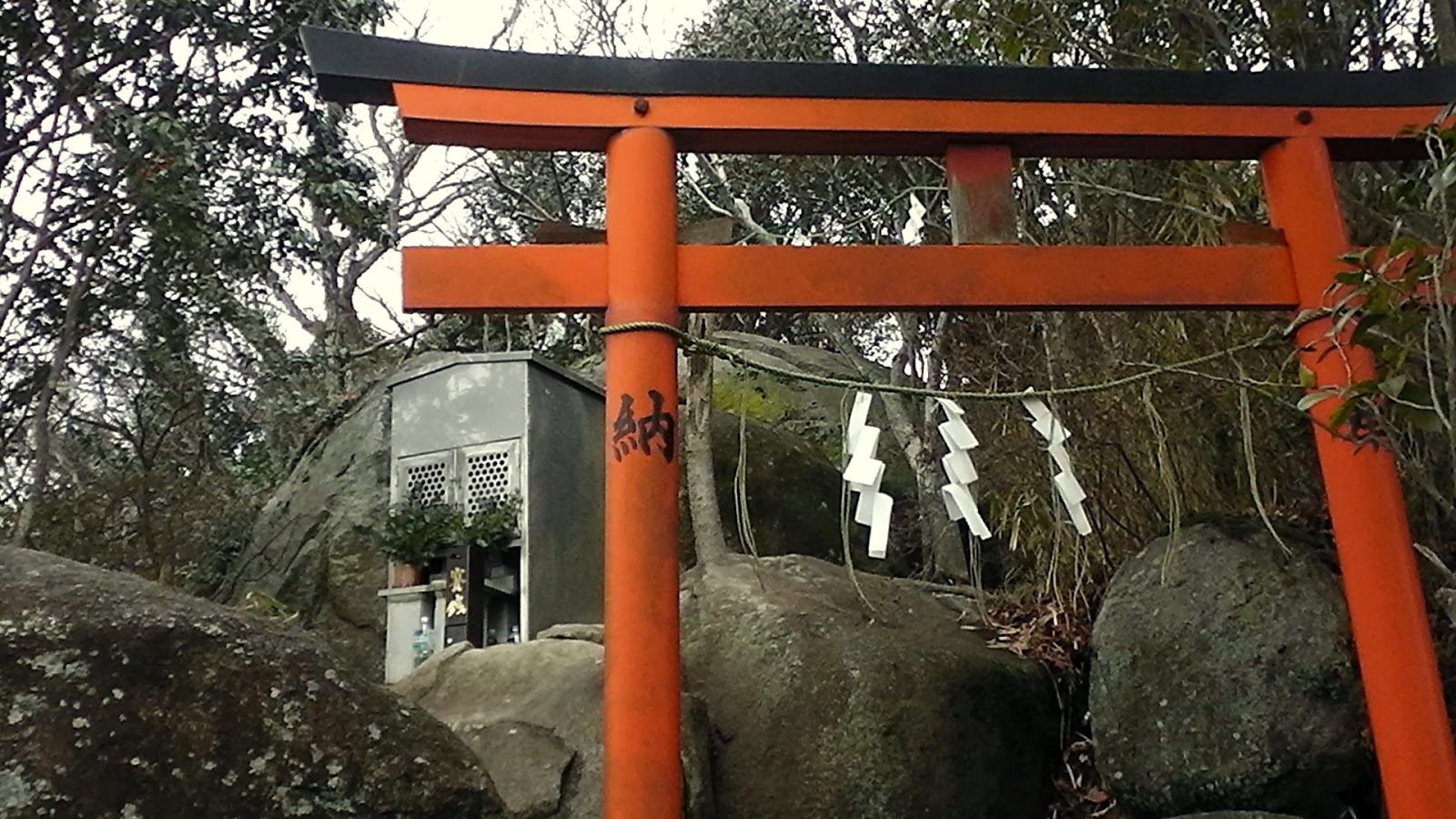I have explored this area many times over the years - it is only a couple of kilometers from where I live - and have enjoyed the variety of scenery on display. It was on one such venture that, while checking-out a museum dedicated to the local wildlife, I discovered this map. The nice people who administer and maintain the park have created a series of tracks allowing the experienced, and the not-so-experienced, the opportunity to appreciate what lies just beyond the city boundaries. There are 24-tracks, ranging from a casual 4km hike up to the summit of Mt Ikoma, to the mammoth 39km hike that encompasses all twenty-three tracks. If one so wishes, they don't have to complete whatever track they are hiking and can create their own itinerary by mixing one-or-more tracks, like I have done on many an occasion. All tracks are well maintained and signposted, with facilities - toilets, shelters, vending machines - dotted throughout.
 |
| Map Location. |
 |
| Map Location. |
 |
| Map Location. |
over Kawachi (present day Osaka Prefecture) and Yamato (present day Nara Prefecture) Provinces. The castle must have been enormous - 700m from north to south and 550m east to west - but, unfortunately, was destroyed in 1577 during the Siege of Shigisan, and all that remains today is this monument atop the summit.
My plan, over the coming months, is to enter the National Park via one of the many entrances & tracks, and explore and compose a blog of the days outing, then add it to this post. My first two posts will be of track-24, the track that encompasses all 23-tracks of the Ikoma-sanke Hiking Course.
Tsuda to Shijonawate.
This segment is close to where I live so I was able to walk to the start. There is a bus-service into the area, departing to-and-from the J.R.Tsuda Station, but I think they are few-and-far between. If you are exiting the track at this end, just over the bypass is the Lohas Public Baths (map location) and the perfect way to end your perfect day. At the other end - route-8 at Shijonawate - there is a bus that will terminate it's route at the J.R.Suminodo Station.
Shijonawate to Sango.
Unlike the previous segment, you don't have much, if any, contact with small settlements. Within 15-minutes of alighting the bus, you begin your ascent and, from there the track undulates until you commence your final descent into Sango. They are not difficult hill-climbs/descents, but I suggest you don't push yourself. There are views aplenty along this 24km stretch and, if you have packed a set of binoculars, all the better. Study your map before your departure and pay attention to the signs along the way. Your sign reads - "Ikoma Nature Walk" (orange). There are several shelters/rest-stops and many benches along the way for you to break for lunch. I think I noticed two vending machines, so make sure you pack an adequate amount of food & drink. The Kintetsu Bus company operate a service to & from the start of this segment, departing hourly from the J.R. Suminodo Station.
Shijonawate Sta' to Ishikiri Sta'
via Mt Ikomayama.
This 22-kilometer course I would rate as one of my best hikes, and will remain that way for some years to come. It was a pity the day had to come to an end. But, in saying that, I am already planning my return (not the same course) to check-out sights & tracks I missed on this trip.
There is a bit of everything here - narrow urban lanes, mountain valleys, nature in all it's glory, and, not to forget, temples and shrines. If you are partial to a bit of hill-climbing, and don't mind getting your boots dirty, then this course is for you.
Getting to-and-from this course is easy, with the J.R.Shijonawate and Kintetsu Ishikiri Stations your arrival and departure points. It is very well sign-posted, directing you to your next junction or point-of-interest plus with maps along the way.















































